Journalism is the process of preparing news for transmission or engaging in the activity of writing for newspapers, periodicals, or news websites. It involves the creation and circulation of “news of the day” reports that, to some extent, accurately inform society about the interactions of events, facts, ideas, and people. News can be provided through print or electronic media as well as related items. The Acta Diurna, which is believed to have been in circulation in ancient Rome and dates back to before 59 BCE, is the earliest known example of a journalistic work. Public addresses and other significant daily occurrences were noted in the Acta Diurna. The value of journalism derives both from its goal—to give people accurate information they can use to make better decisions—and from its methods, the most significant of which is a methodical approach—a discipline of verification—that journalists use to uncover not only the facts but also the “truth about the facts.” Thus, the goal of journalism is to give the public the knowledge they need to make the best decisions for their own lives, social groups, societies, and governments. In many countries, journalists have access to events, crime scenes, news conferences, and extensive interviews with public figures, celebrities, and other people in the public spotlight, which the general public does not. The specifics of the journalistic process have altered as a result of changes in the manner that information is gathered, shared, and consumed, even though the general responsibilities have historically remained constant. How journalists write (as well as how their readers read) has expanded. Journalists compose traditional text-based articles, also produce documentaries, podcasts, and photo essays, assist with 24-hour TV broadcasts, and keep the news readily available online and on social media. Collectively, these diverse journalistic outlets assist the general people in being aware of current events so they can make educated decisions.
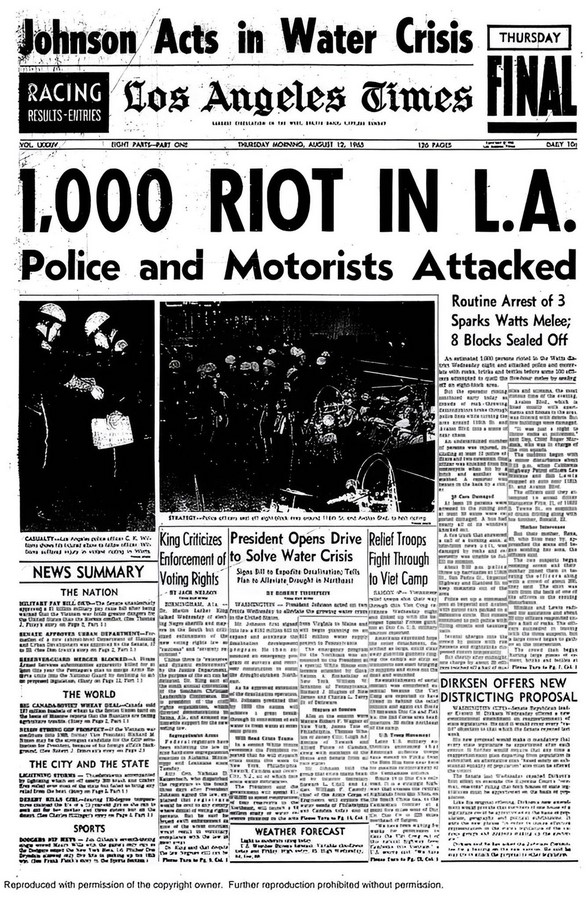
Journalism for social change
A free, independent media supports the democratic ideal of “freedom of speech,” which states that people have the right to openly express their thoughts and opinions and to challenge or criticize. Media plays a significant role in society by providing multiple facets to a topic through news articles, debates, discussions, background information, and investigative reporting. Providing a “voice for the voiceless,” journalism expresses the opinions of all groups in our society. When news media expose corruption, the public is made aware of the wrongdoing and given the chance to take appropriate action. For instance, the Watergate affair would not have been exposed if Bob Woodward and Carl Bernstein had not conducted their investigations. President Nixon was forced to step down as a result of their findings. The #MeToo campaign was sparked by similar revelations made by The New York Times about sexual harassment in Hollywood. Newspaper journalism was essential in both instances for making powerful individuals responsible for their deeds. Journalism is considered as the fourth body of the nation and it acts as a check and balance on the legislative, executive, and judicial branches of government.
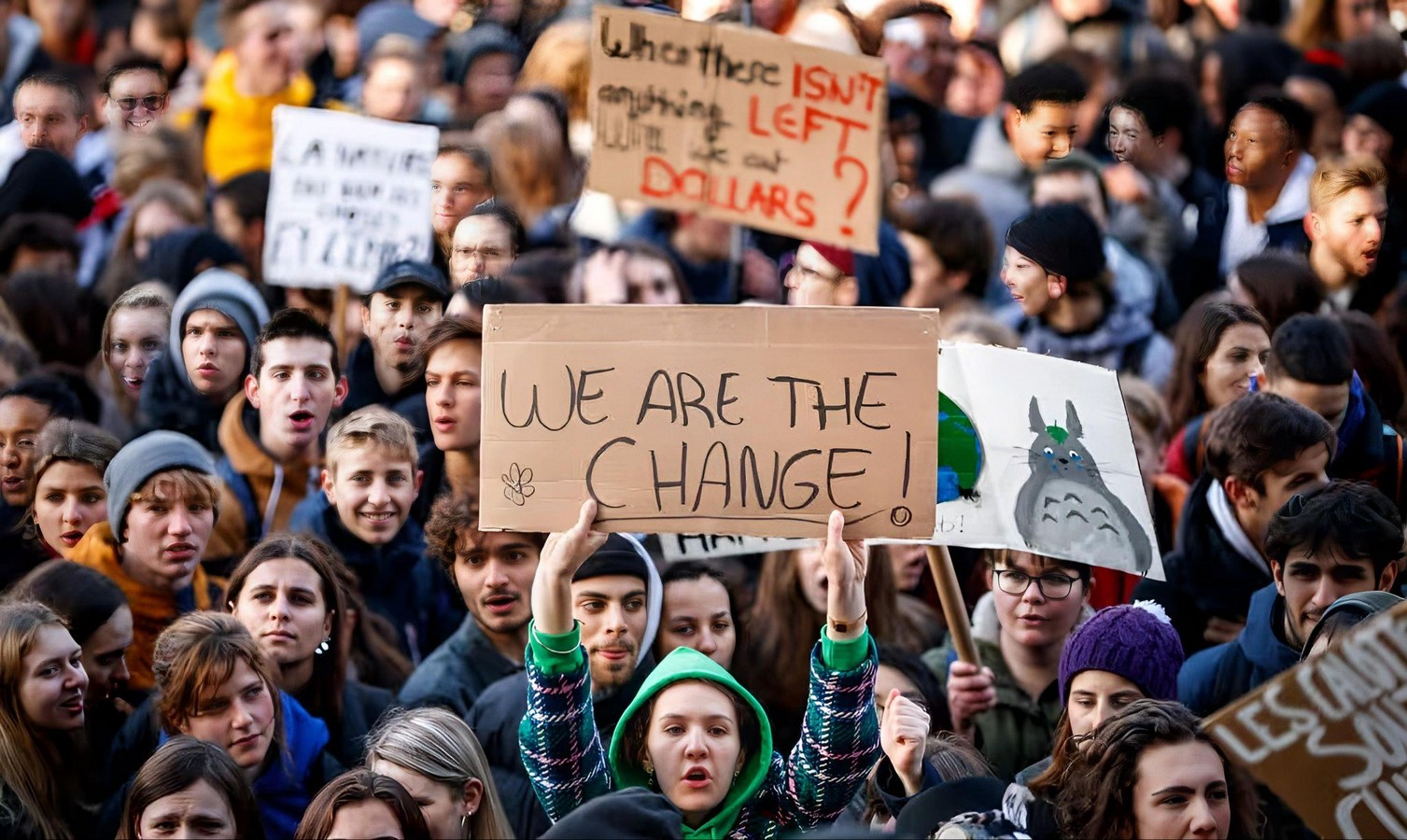
Journalism and movements
Movements and the media have been connected for more than 200 years since the invention of print and widespread literacy, influencing both the tactics used by organizations to mobilize and the wider effects of movements. Movements used new media technologies and forms to adapt and develop during the 20th century, changing their ability to mobilize and magnify their claims. The telephone, radio, photography, and, most significantly, television gave activists new channels through which to present their arguments to larger audiences. The growth of the internet and new digital media has significantly altered the media environment for social movements in recent years. Several current movements, including Occupy Wall Street (OWS), the Arab Spring, the Spanish Indignados, and Black Lives Matter (BLM), have been orchestrated through digital media. The way that major media outlets cover demonstrations is a key component of the movement-media connection. Numerous attempts have been made to measure the sources of bias in media reporting in the literature on this topic. Movement is impossible without the masses, and mass communication is impossible without the media.
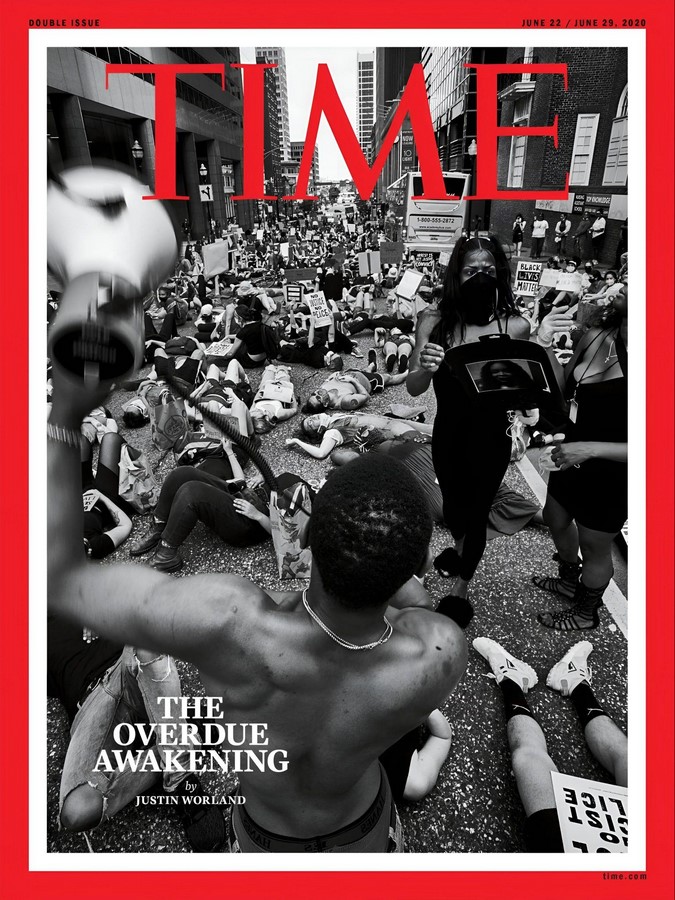
Civil Rights Movement
The biggest social revolution to ever occur in America was accelerated by television. The mainstream media’s coverage of events like the Montgomery Bus Boycott, the Freedom Rides, and the March on Washington helped the movement gain recognition on a national and worldwide scale. Through interviews, protest coverage, and broadcasts on the movement’s intricacy, the media obtained the role of the educator. Television played a crucial role in increasing the number of organizations and so substantially altering society. The challenges and injustices experienced by African Americans were highlighted by news institutions. They urged individuals of all races and origins to raise their voices for what is right. In a sense, television and the civil rights movement had come of age simultaneously, as Roberts and Klibanoff put it. Activists and journalists like Martin Luther King Jr., Malcolm X, and Rosa Parks utilized media platforms to circulate their messages to larger audiences, share their personal stories, and gain the support of the public. Without media, the establishment and crucial turning points like the Voting Rights Act of 1964 would not have been possible without the media. Broadcasts of the Supreme Court case Brown v. the Board of Education and extensive coverage of Emmett Till’s murder served as the key catalysts for early resentment and dissatisfaction with Southern social norms.
Black Lives Matter
After Black teenager Michael Brown was fatally shot by US police officer Darren Wilson in August 2014 Ferguson uprisings, which sparked online outcry and public demonstrations against racism and police brutality, the BLM movement gained prominence. Three Black women came up with the hashtag #BlackLivesMatter in 2013 after George Zimmerman, who killed Black teenager, Trayvon Martin was not charged; however, the hashtag only gained popularity in 2014 after a grand jury declined to charge Wilson. Since then, activists have used #BlackLivesMatter as a broader, “ideological and political intervention in a world where Black lives are systematically and intentionally targeted for demise” in addition to drawing attention to the disproportionate killings of Black males by law enforcement. As with other social media-era uprisings before it, journalists and academics stressed the importance of new technologies like cell phone recordings and hashtag activism in igniting protests and refuting official police accounts of what transpired. Social media channels provided BLM activists with a venue for the promotion of propaganda, statements of solidarity, and answers to complaints about police brutality. Once the #BlackLivesMatter frame had been created, other activists sought to question or broaden it. Users of #BlackLivesMatter purposefully appropriated #AllLivesMatter to refocus social media discourse on organizing group calls to action or denouncing attempts to de-racialize police violence.
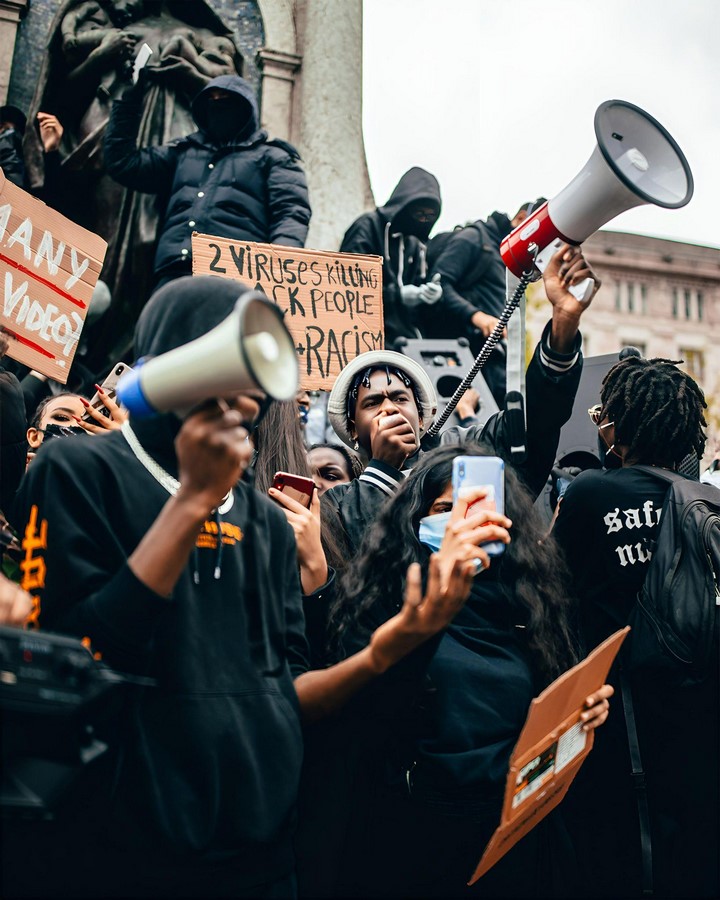
Indian Independence Movement
The fearless Indian journalists and thinkers who gave their lives to protect their countries and their freedom of expression started the country’s liberation struggle. India’s press history is rife with instances of people being detained, imprisoned, and punished for expressing the views of the public. Bhagat Singh, Bhagwati Charan, and other freedom warriors. Numerous publications sought to draw attention to the situation of the people to spark a movement against British Raj since they did not like the reality of suppressed Indian citizens. The Bengal Gazette, by Irishman James Augustus Hicky, was the first paper to ridicule British Ra leading to cease. Similar other newspapers like Payam-e-Azadi aware the general public about the divide-and-rule strategy of the British and provoke people to stand against it. The press kept the embers of the Indian independence movement blazing despite British attempts to douse them. The Indigo insurrection in 1859 was sparked by the use of innovative strategies to get over censorship, such as the publication of the play Nil Darpan in The Hindoo Patriot. Being the cunning organization that it was, the press persisted in its fight by utilizing underground publications, radio, art, and graffiti. This persisted until the British finally withdrew from India, resulting in the creation of the two nations of India and Pakistan.
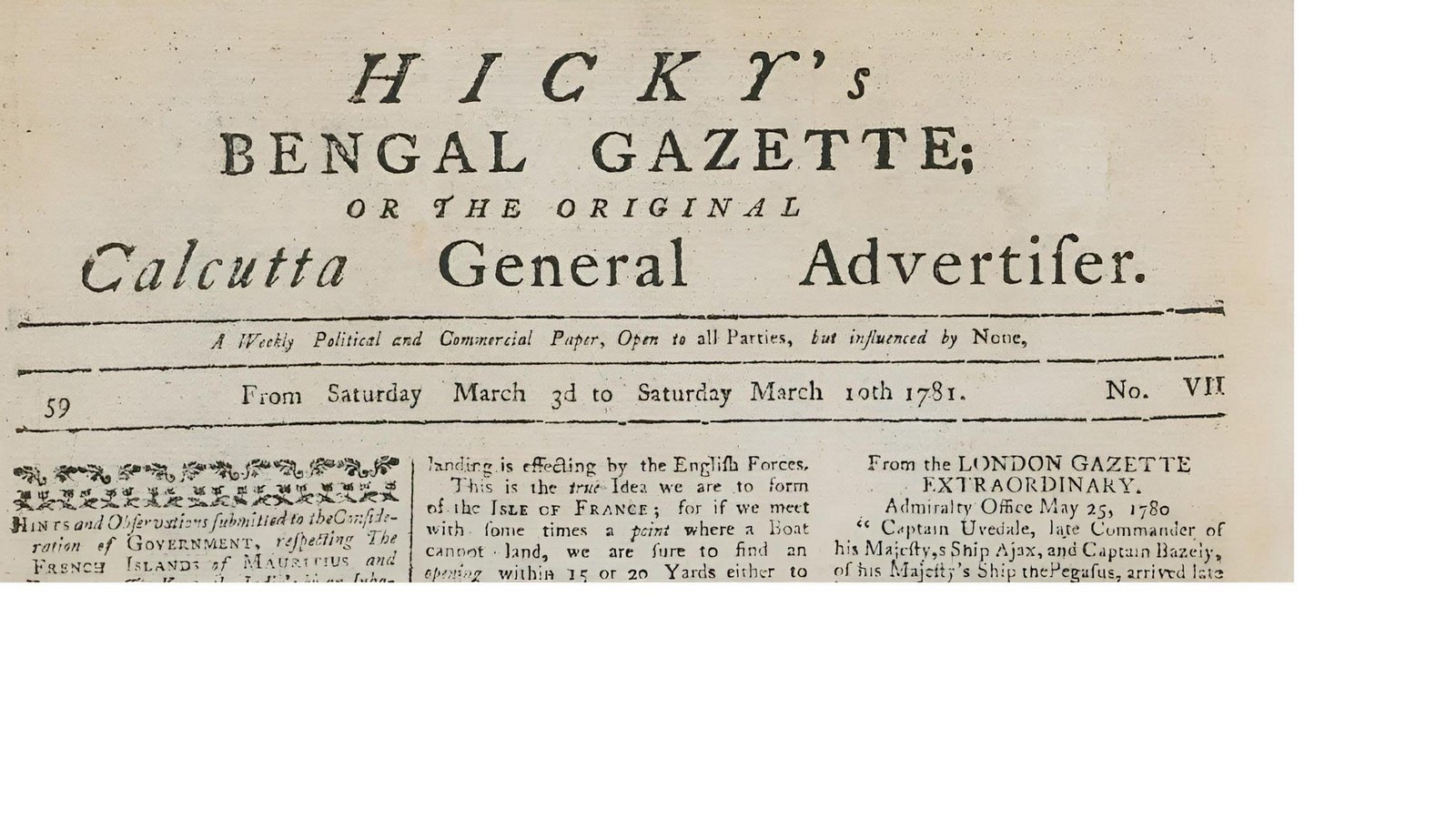
References
Britannica (2019). journalism | Definition, History, & Facts. In: Encyclopædia Britannica. [online] Available at: https://www.britannica.com/topic/journalism
American Press Institute. (n.d.). What makes journalism different than other forms of communication? [online] Available at: https://www.americanpressinstitute.org/journalism-essentials/what-is-journalism/makes-journalism-different-forms-communication/
BBC Bitesize. (n.d.). The role of journalism in society – Media law, ethics and regulation – GCSE Journalism (CCEA) Revision. [online] Available at: https://www.bbc.co.uk/bitesize/guides/zyt282p/revision/1
Jenkins, P. (2022). Why Journalism is Important: The Cornerstone of Democracy – brilliantio. [online] brilliantio.com. Available at: https://brilliantio.com/why-is-journalism-important/
Caren, N., Andrews, K.T. and Lu, T. (2020). Contemporary Social Movements in a Hybrid Media Environment. Annual Review of Sociology, 46(1), pp.443–465. doi:https://doi.org/10.1146/annurev-soc-121919-054627
Philley, A. (n.d.). Journal of First-Year Student Research Writing 3690: A Journal of First-Year Student Research Writing Volume 2012 Article 4 2012 of Television. 3690: A Journal of First-Year Student Research Writing, [online] 2012, p.4. Available at: https://fisherpub.sjf.edu/cgi/viewcontent.cgi?article=1005&context=journal3690#:~:text=During%20the%20Civil%20Rights%20Movement%20the%20media%20gave%20people%20the.
Desk, D.W. (n.d.). How the Press participated in India’s freedom struggle. [online] Deccan Herald. Available at: https://www.deccanherald.com/india/how-the-press-participated-in-indias-freedom-struggle-873361.html
Kaur, G. (2018). Role of Journalism and Indian Freedom Movement. International Journal of Current Research and Academic Review, 6(3), pp.16–19. doi:https://doi.org/10.20546/ijcrar.2018.603.00
















